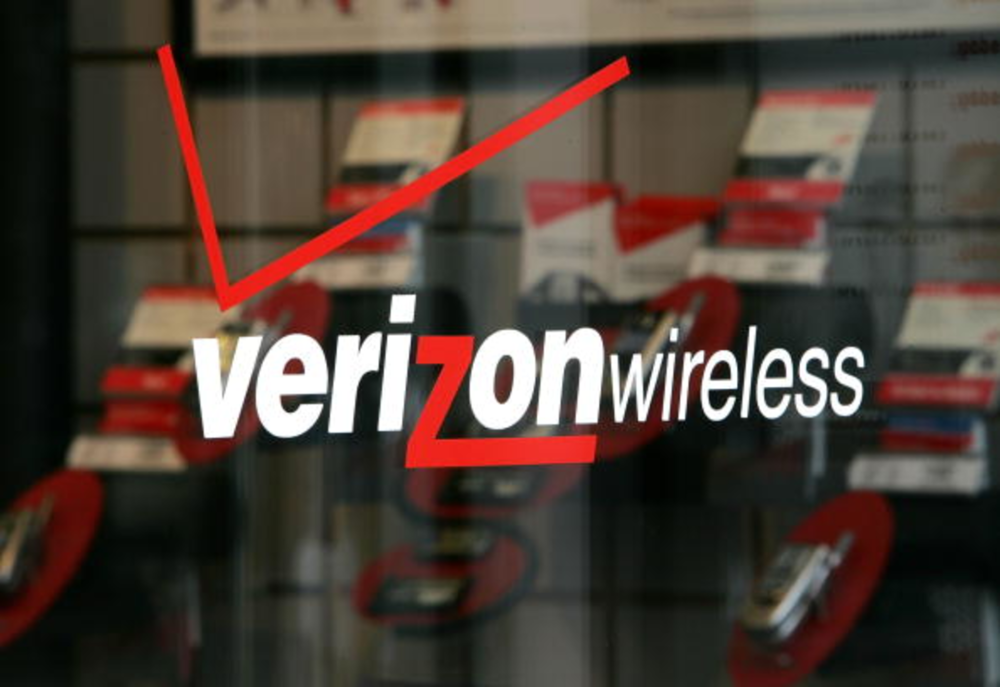With the dust settling from Verizon’s $4.4 billion purchase of AOL last week, analysts have turned to the question of whether the deal is good, bad or neutral for content marketing. The consensus seems to be that it’s at the very least likely to be disruptive for AOL’s content-creating properties.
For people with long memories (anyone over thirty, anyway), AOL has long been a punchline for jokes about when the Internet came with a monthly subscription and a CD to kick start it. Not quite as prehistoric as floppy disks, but close. Of course, that’s not entirely fair to Tim Armstrong’s attempts to re-brand the company as a publisher, acquiring Patch Media, TechCrunch, the Huffington Post, and other content brands. Despite making strides with video, AOL was languishing last year with 0.74% of the $145bn global digital advertising market.
What’s Verizon going to do with the business? There are one-and-a-half schools of thought.
Some see it as the clear-cut failure of a content-based strategy. At Forbes, Tom Teicholz writes: “It signals the failure of creating value, and a monetization strategy for content-driven businesses such as AOL.
Tim Armstrong was AOL’s content guru — and orchestrated a variety of content acquisitions including the Huffington Post for some $315 Million. Yet despite plenty of pronouncements about page views, Armstrong was never able to produce the revenues based on AOL content to create true value for the brand.”
What’s more, Teicholz sees it as a sign of a more general malaise. Yahoo’s content commitments under Marissa Meyer, for example, have yet to pay off.
The fate of AOL’s content brands isn’t clear yet, but anxiety among editorial teams has been widely reported, amounting almost to an expectation that properties like the Huffington Post will be sold off. Mixed with the anxiety is barely concealed anger at the takeover from sites like Endgadget that have been vocal opponents of Verizon’s stance on issues like net neutrality.
On the other hand, there’s the glass-half-full view expressed at length by Matt Rosoff of Business Insider. In summary, Rosoff believes that HuffPo, TechCrunch, et al, might well walk the plank, but that the deal shows content is still king anyway. How so?
Verizon and the other carriers have recognized, argues Rosoff, that they’re not going to realize revenue streams as content providers. Third party providers of music, video and text–Apple, Google, YouTube, Netflix, Hulu and thousands of others–put paid to the idea of Verizon or AT&T content stores. Rather than become a “dumb pipe,” Rosoff says, Verizon has made a content business its own–or at least, and here’s the rub, the advertising platforms –especially for mobile video–through which AOL monetized its content.
So yes, Verizon is interested in content; but it’s less clear that it’s interested in homegrown content from AOL’s content brands. From this perspective, Verizon is following in Facebook’s footsteps. It’s set to become a publisher–potentially a big-time publisher–but not necessarily by creating its own content. As we’ve seen, Facebook is carving out a new model whereby it publishes content from selected sources and shares the revenue. Verizon is now well-positioned to turn on a revenue stream from video and other content, whether it’s produced by HuffPo and TechCrunch or by third parties.
In other words, the age of distributed content is truly dawning. Media companies like Buzzfeed, obsessed with reach rather than traffic, and agnostic about how their content is consumed, are built to thrive in this developing eco-system. What the means for content marketing is that the pendulum is continuing to swing away from traditional ad models, and towards sponsored content and embedded brand messaging.







